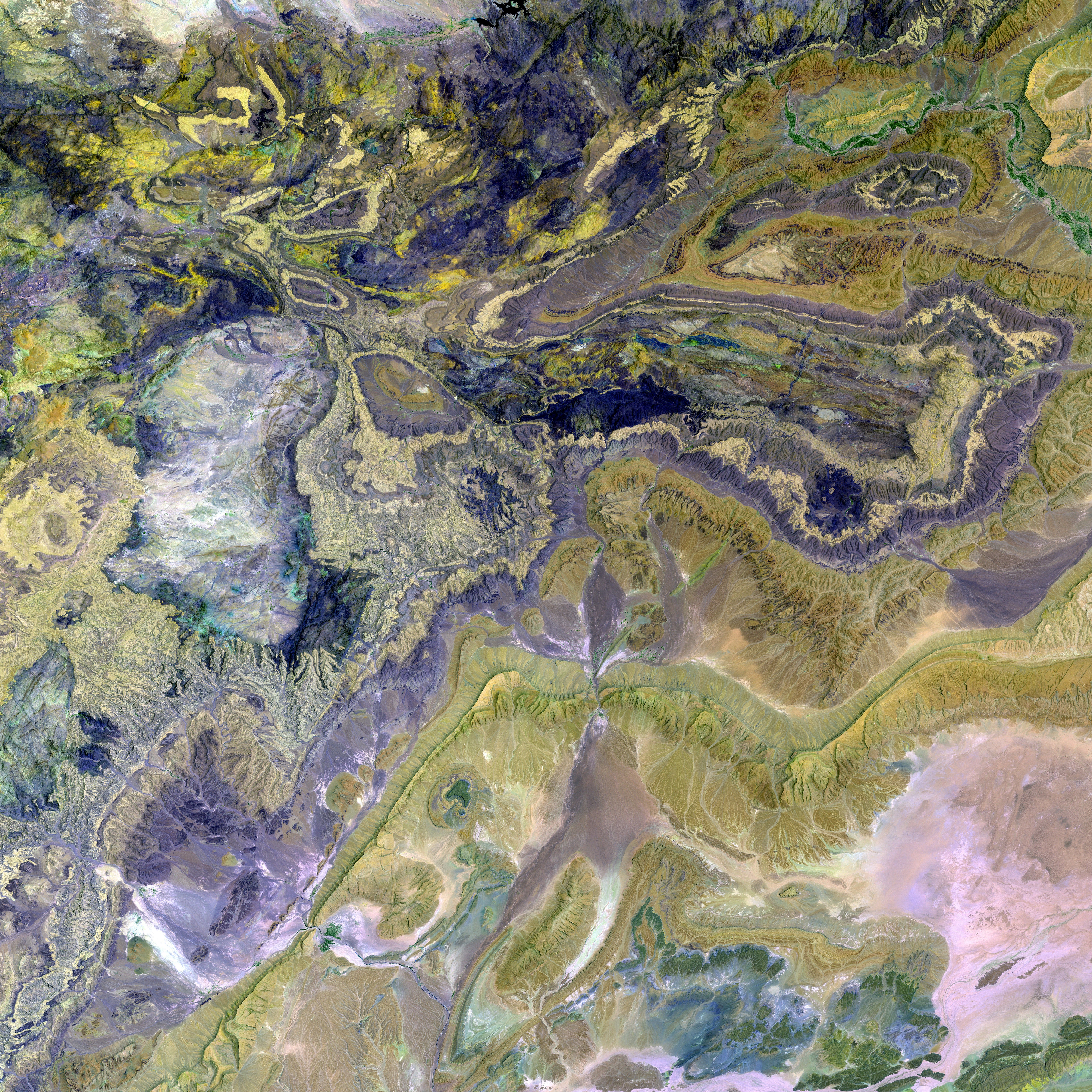Development of a Lunar Navigation System Modeled After Earth's GPS Technology
Title: Navigating the Moon: A GPS-like System for Lunar Exploration Revolution
Get the scoop on this hot news:In a groundbreaking development for space travel, Spanish tech giant GMV and the European Space Agency (ESA) have teamed up to create Lupin, a GPS-like navigation system designed specifically for the lunar surface. Imagine moon missions as seamless as city drives with apps like Google Maps or Waze!
"With Lupin, we're edging closer to putting Europeans on the moon, setting the stage for potential exploration of Mars," said the project's head, Steven Kay, speaking to Reuters.
Situated within the ESA's larger program to test new positioning, navigation, and timekeeping methods, Lupin is meant to address the challenges of exploring the lunar surface. Researchers are excited about the possibilities of scientific discovery, mining, and even tourism on the Moon.
To achieve real-time navigation for lunar rovers and astronauts, Lupin uses signals from satellites orbiting the Moon, similar to our Earth-bound GPS system.
The Lupin Advantage
- Instant Location: Provides precise, real-time positioning on the lunar surface, unlike existing methods that depend on Earth communication.
- Flexible Navigation: Harnesses the power of Moon-orbiting satellites to broadcast positioning signals tailored for different regions of interest, like the south pole and shadowed areas.
- Smoother Sailing: Allows efficient route planning and reduces computational load for rovers, opening the door to increased rover speeds.
- Support for Human and Robotic Endeavors: Helps navigate astronauts, support industrial operations, and facilitate long-term lunar settlements.
The Lunar Future is Here
Lupin promises to revolutionize lunar exploration by boosting operational autonomy and safety. Cutting the communication cord in favor of real-time navigation means more effective scientific operations, resource identification, and infrastructure development on the Moon’s surface. It also moves us one step closer to the ultimate goal: human colonization of Mars.
Embrace the future of space exploration, where the moon becomes as familiar as our own city streets!
Resources:1. ESA: Press Release about Lupin2. Space.com: Explanation of Lupin's benefits for lunar exploration3. SciTechDaily: Lupin lunar navigation system testing news4. GMV: Lupin project webpage with additional details
- The collaboration between GMV and the European Space Agency (ESA) on the Lupin project showcases the intersection of community policy, modern science, technology, and space-and-astronomy, as they work towards enhancing environmental understanding and sustainable exploration of the lunar environment.
- The precision provided by Lupin's lunar navigation system, utilizing Moon-orbiting satellites, will not only drive scientific advancements and resource mining efforts but also pave the way for potential environmental monitoring and tourism on the Moon, further expanding our understanding of the universe as a whole.




